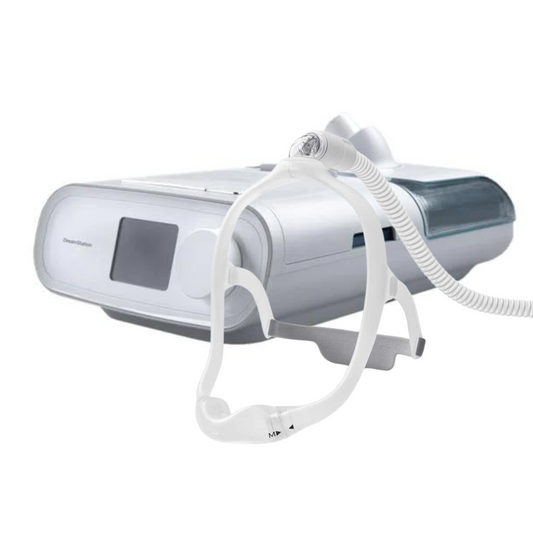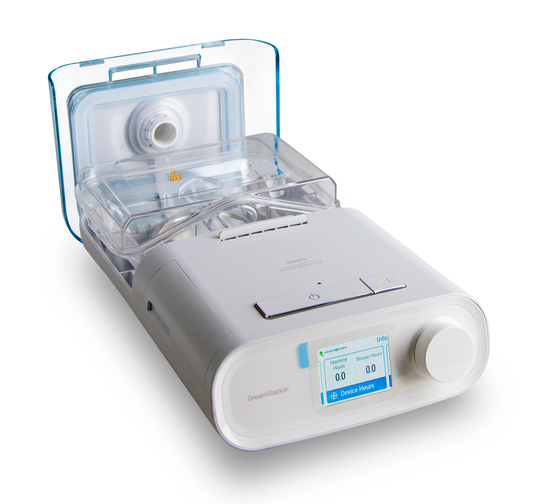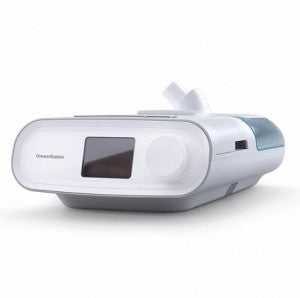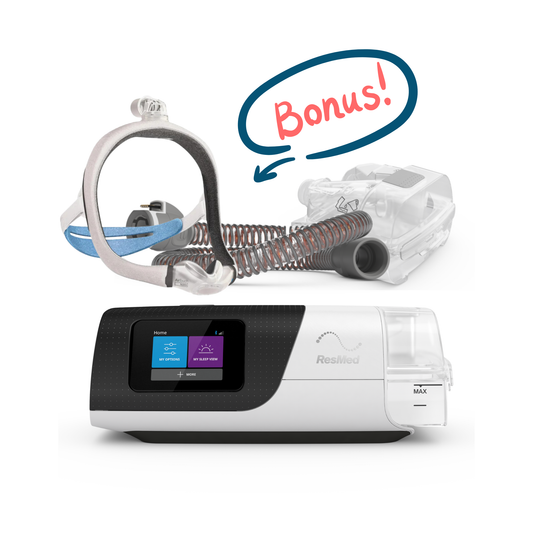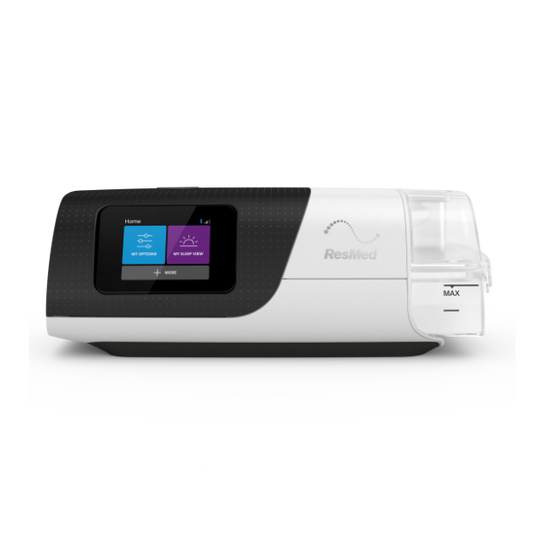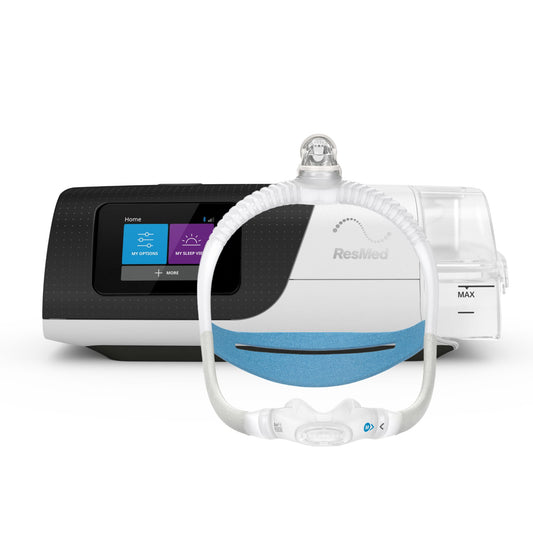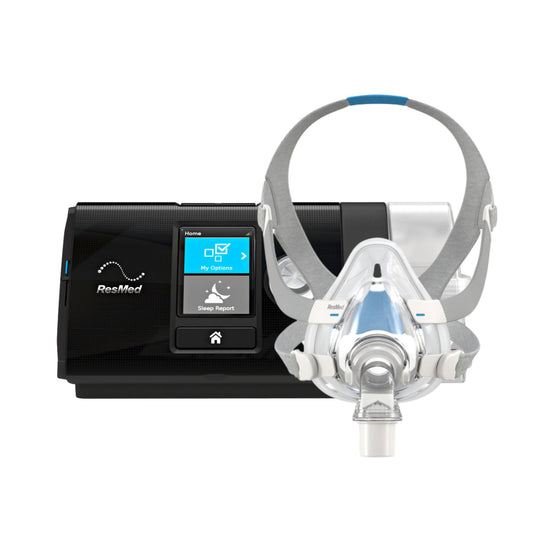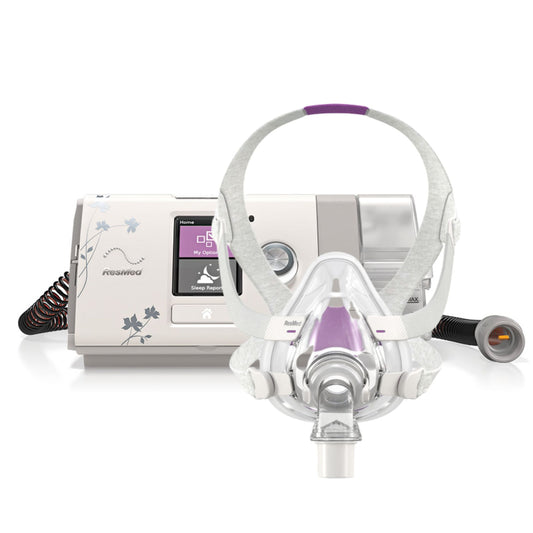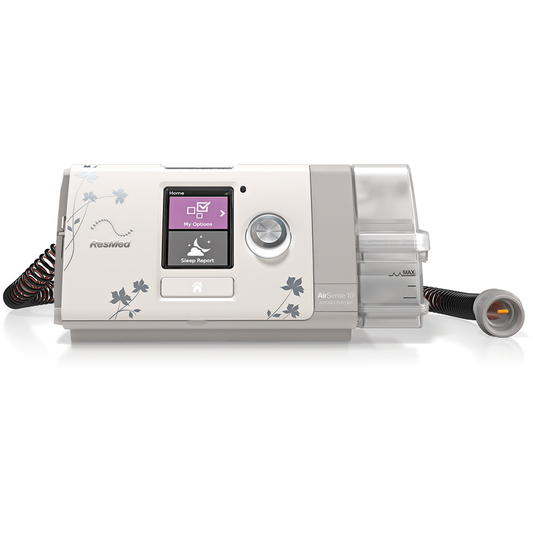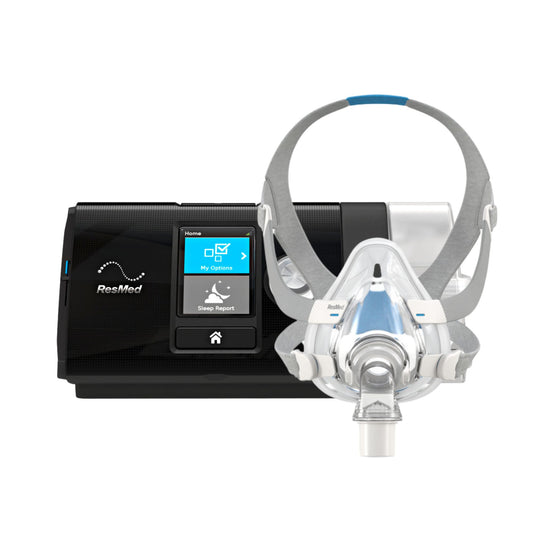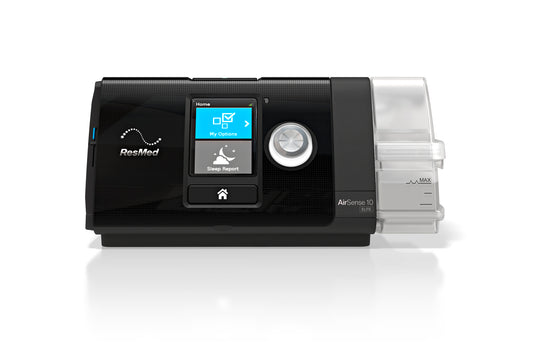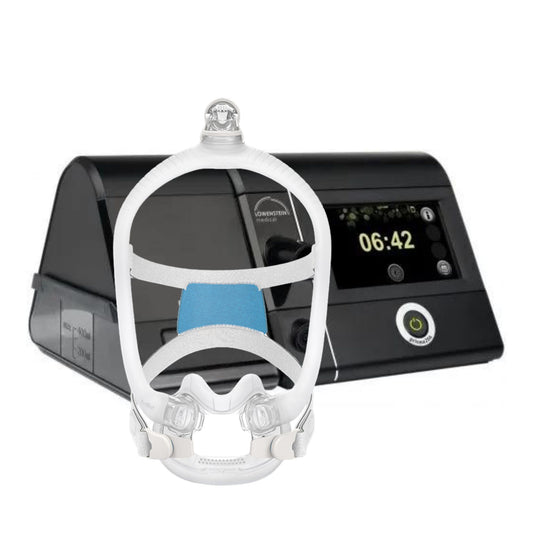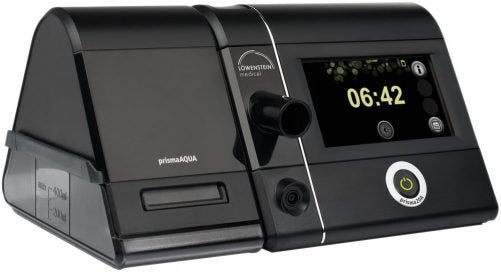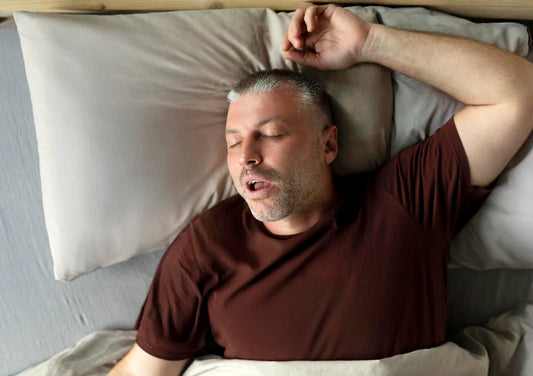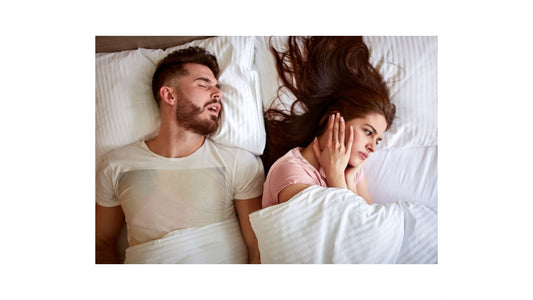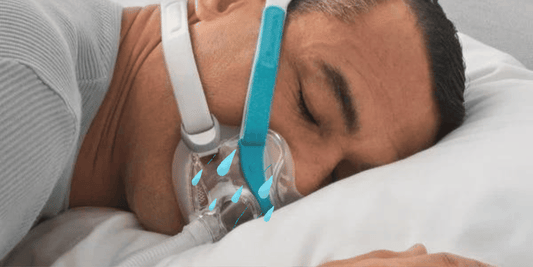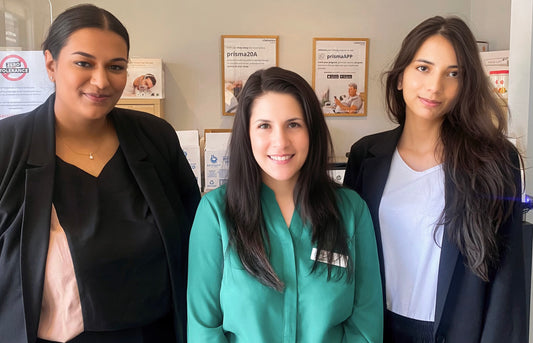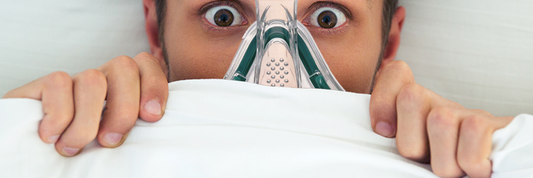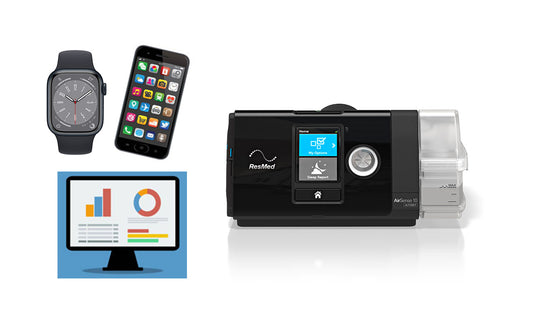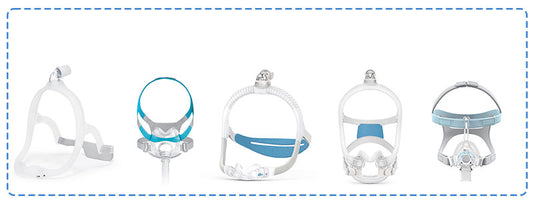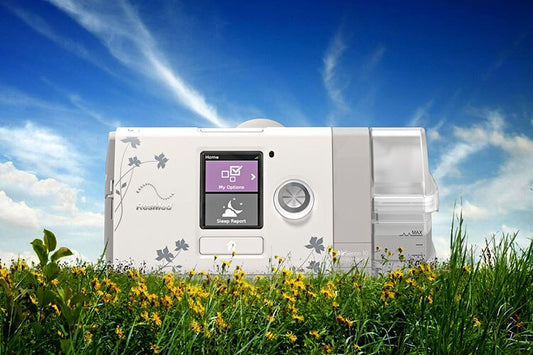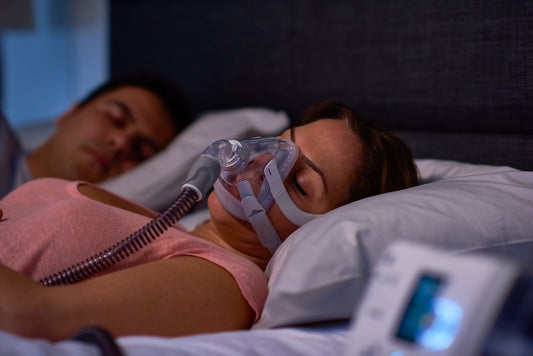Idiopathic Hypersomnia’s (IH) main symptom is excessive sleepiness during the day. There are two forms of IH. The first one is when a person has a normal amount of sleep of to 9 hours, and the other form is where a person sleeps for up to 14 hours at night. In both cases, they also take 1-2 hours naps during the day. The morning naps and long hours of sleep at night still fail to refresh the person. He wakes up feeling tired, groggy and unrested.
Idiopathic Insomnia is not very common. Studies indicate that the problem could be in the parts of the brain that regulate wakefulness and sleep. It may have something to do with the part of the brain that sleeping pills act on. Note that when person on sleeping pills wake up before they have worn off wakes up confused and fuzzy.

This sleep disorder usually manifest in adults aged less than 30. This affliction develops over the course of a few months to a few years. This sleep disorder may not seem much but people with IH cannot perform their duties well because of excessive sleepiness. Fighting sleepiness is not easy and if the condition is undiagnosed conflict with family, friends, and co-workers may arose. Depression could easily set in due to the person’s confusion about his condition, and rejection from his family and peers.
 There are many causes of feeling sleepy even after a full night’s sleep as there are various types of sleep disorder. If one wakes up tired without the need to grab a nap in the day, then IH could not be the problem. If one wakes up feeling bright as a day after a long sleep, IH could be overruled. If a person has been continuously feeling overly sleepy in the morning even after an 8-hour sleep for months, it is best to consult with a qualified doctor.
There are many causes of feeling sleepy even after a full night’s sleep as there are various types of sleep disorder. If one wakes up tired without the need to grab a nap in the day, then IH could not be the problem. If one wakes up feeling bright as a day after a long sleep, IH could be overruled. If a person has been continuously feeling overly sleepy in the morning even after an 8-hour sleep for months, it is best to consult with a qualified doctor.
A general practitioner would most likely do the standard examinations and tests to determine the cause of sleepiness. If the doctor concludes that the patient has a sleep disorder, he (patient) will most likely be referred to a sleep specialist. The fact is that there are many patients who have no idea that they have IH for years. To properly diagnose the type of sleep disorder, tests such Multiple Sleep Latency Test, Polysomnography including EEG (electroencephalograph), EMG (electroencephalography), may be conducted in sleep clinics.
In Multiple Sleep Latency Test, the patient is monitored overnight. The patient is given 20 minutes to sleep every two hours and this is measured by the sleep clinician. Basically, the doctor wants to determine how long for the patient to go to sleep, and what type of sleep the patient has. If the patient falls asleep quickly into a non REM sleep the probability that the patient has IH is quite high.
In some cases though, the patient is diagnosed with sleep apnoea. Obstructive sleep apnoea causes a person to sleep for long hours but the person wake up feeling tired, and is sleepy during the day. Sleep apnoea is very manageable. CPAP or APAP therapy can readily treat obstructive sleep apnoea.
Call us now for more information.
